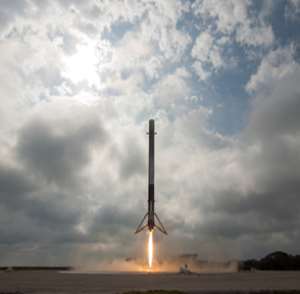
Today we are going to elaborate more about the journey to multiplanetary discovery.
In the middle of the 20th century, humans started exploring the planetary system, mostly with robotic spacecraft.
This is a brief timeline of significant events:
Early Robotic Exploration Space exploration began in 1957 with the Soviet Union’s Sputnik 1, the first artificial satellite to orbit the Earth.
Mariner 2 (USA) made the first successful flyby of another planet (Venus) in 1962.
Mariner 4 (USA) made the first successful flyby of Mars in 1965, returning the first photos of another planet from space.
Pioneer and Voyager missions investigated the outer planets (Jupiter, Saturn, Uranus, and Neptune) during the 1973–1989 period of Planetary System exploration.
Viking 1 and 2 (USA) were the first successful Mars landings in 1976, bringing with them experiments and extensive photos of the Martian landscape.
Since the 1990s, NASA, ESA, Russia, China, India, and private organizations have launched an increasing number of missions to investigate planets, moons, asteroids, and other celestial bodies.
Only the Moon has been reached by humans thus far:
Apollo, NASA’s 1969–1972 program, produced the first and only human landings on the moon.
There are currently plans to send crews to other planets, such as Mars, perhaps as early as the 2050s.
The overview of planet Mars.
Planet Mars is also known as the red planet due to iron oxide/rust on its surface. which was named after the roman god of war. It is the 4th planet on our solar system with a diameter 6,779 km about half of earth. It has two moons known as phobos and deimos. The length of day is24.6 hours (similar to earth) and with about 38% of earths gravity. Mars has a reddish orange in colour with terrains like mountain, valleys and deserts. It has an atmostsphere of thin carbon dioxide which is approximately 95%. Temperature ranges from -125 Celsius to 20 Celsius and a weather made of dust storms, thin clouds and seasonal changes.
There might be a possibility of life support which hasn’t been confirm yet. Mars once had liquid water, a thicker atmosphere and a magnetic field making it potentially habitable in the past.
It is belived that as at now no human have been to Mars. It is highly possible by the end of 2050 NASA, SpaceX begin championed by ELON MUSK will be the first human to land on Mars. And it will be in the great history books of beyond earth: humanity path to Mars.


